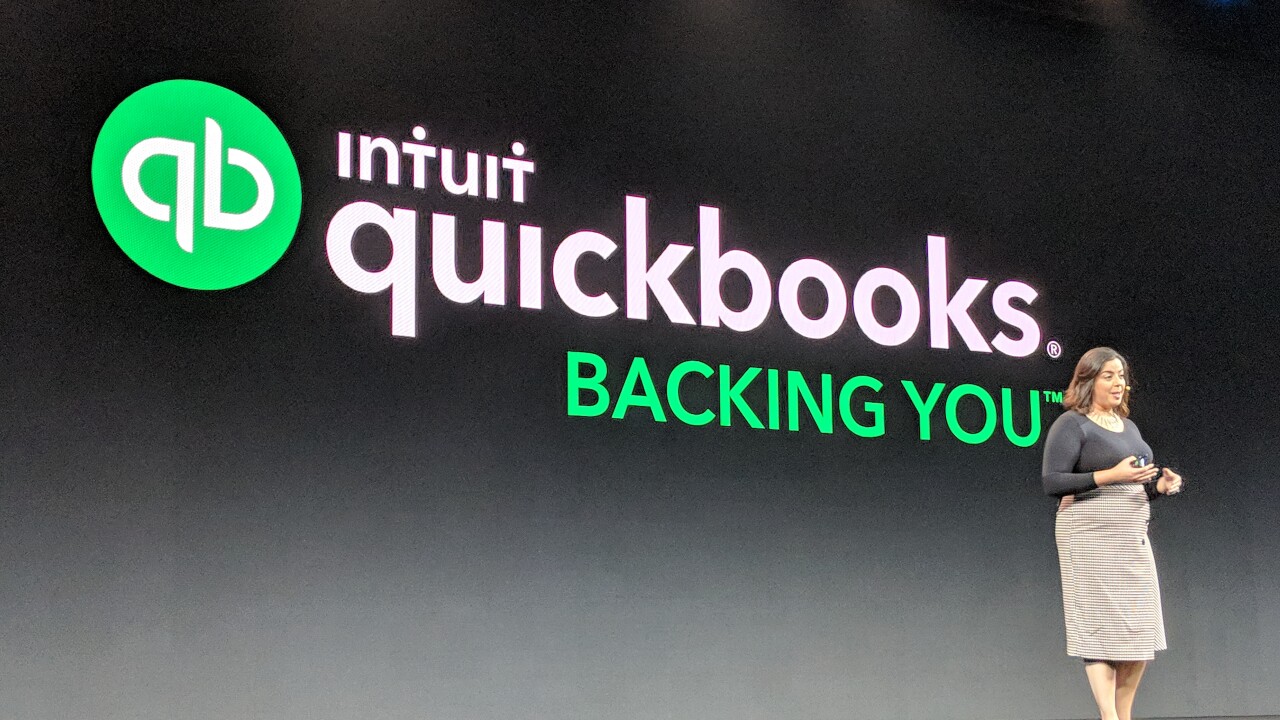The International Accounting Standards Board has published
The IASB and FASB parted ways on the impairment model for loan losses during a contentious meeting last July after initially agreeing on a common approach to expected losses (see
The IASB said Thursday that its proposals build upon previous work to develop a more forward-looking provisioning model that recognizes expected credit losses on a more timely basis.
Financial reporting requirements both internationally and in the U.S. currently use an incurred loss model to determine when impairment is recognised on financial instruments, the IASB noted. The incurred loss model requires that a loss event occurs before a provision can be made and was introduced to avoid the use of so-called “big bath” general provisions that distorted the accurate reporting of financial performance to investors. However, during the financial crisis the incurred loss model was criticised for delaying the recognition of losses and for not reflecting accurately credit losses that were expected to occur.
Following requests from the G20, the Financial Crisis Advisory Group and others, the IASB and FASB have been working jointly to develop a more forward-looking impairment model that reflects expected credit losses. The proposals published Thursday build upon the expected credit loss model previously agreed between the IASB and FASB, but it has been simplified to reflect feedback received from interested parties. FASB has published separately for public comment an alternative expected credit loss model and the two sets of proposals have overlapping comment periods.
“Our proposals are a simplified version of the expected credit loss approach that we originally jointly developed with the FASB,” said IASB chairman Hans Hoogervorst in a statement. “We believe the model leads to a more timely recognition of credit losses. At the same time, it avoids excessive front-loading of losses, which we think would not properly reflect economic reality. We look forward to receiving feedback on these proposals and moving swiftly to finalize this important project, consistent with repeated requests of the G20.”
The IASB contended that its model is designed to recognize credit losses on a more timely basis. Expected credit losses are recognised on all financial instruments within the scope of the proposals from when they are originated or purchased.
Full lifetime expected credit losses are recognised when a financial instrument deteriorates significantly in credit quality. This is a significantly lower threshold than under the incurred loss model today which in practice has resulted in provisioning only when financial assets are close to default.
The Institute of Chartered Accountants in England and Wales expressed dismay that the two standard-setters had still not agreed on a common approach four years after the G20 called for improvements in the accounting for financial instruments in the wake of the financial crisis.
“In an ideal world, we would now have one impairment standard in place that the IASB and the FASB, the U.S. standard setter, agreed on,” said Dr. Nigel Sleigh-Johnson, head of the ICAEW’s Financial Reporting Faculty, in a statement. “Despite several consultations and much deliberation, that has proved impossible. We need to accept that it is now much more important to focus on finalising a quality solution for IFRS reporters.”
Both the IASB and the FASB are moving from an incurred loss model to an expected loss model based on the assumption that this will help prevent future financial crises, the ICAEW noted. However, the two boards have differing views on when expected losses should be recognized. While FASB's proposal supports upfront recognition of lifetime day one losses, the IASB believes that the recognition of such losses would not normally reflect economic reality.
“There is little evidence to suggest that the incurred model had any significant role to play in the crisis nor that an expected loss model will prevent future crises,” said Sleigh-Johnson. “It is important to be realistic; this is not going to be the panacea. There are potential pitfalls linked to any model, including expected loss models. The proposals could, for example, increase the potential for profit smoothing. The current FASB proposals may be easier to apply from an operational perspective, but recognizing losses on day one may, in some circumstances, have a negative impact on banks' willingness to lend money. Banks don’t generally expect to lose money when they make loans on market terms so the IASB is right not to recognize such lifetime losses on day one of the loan. Importantly, the IASB’s latest proposals also appear at first glance to be more operational in practice, and are therefore an improvement on previous iterations. However, it will take time to fully assess the likely practical implications.”
The impairment proposals will ultimately form part of the IASB’s new financial instruments accounting standard, IFRS 9.
The IASB’s exposure draft, Financial Instruments: Expected Credit Losses, will be subject to public consultation for a period of 120 days, with the comment period closing on July 5, 2013.
A high-level





